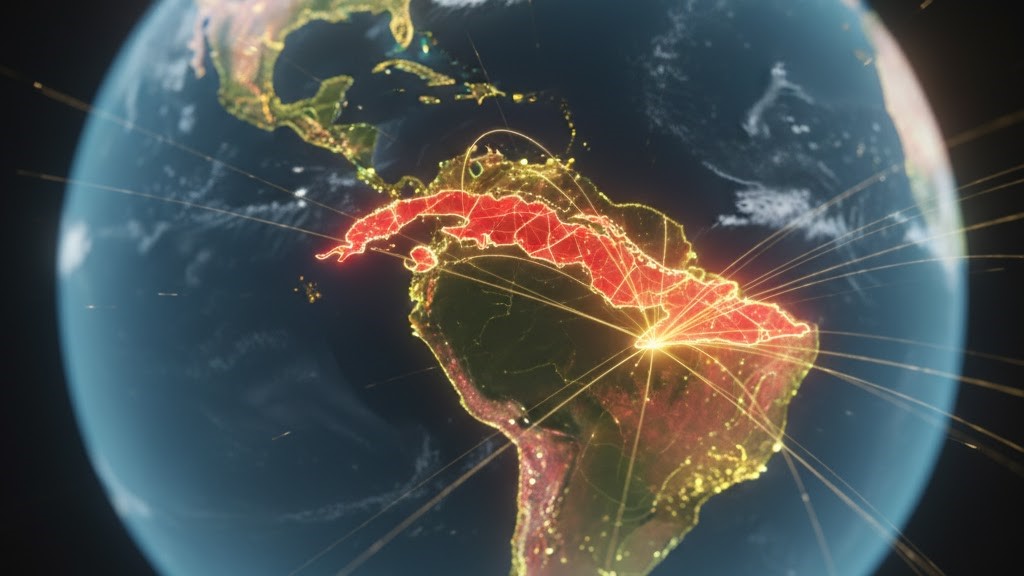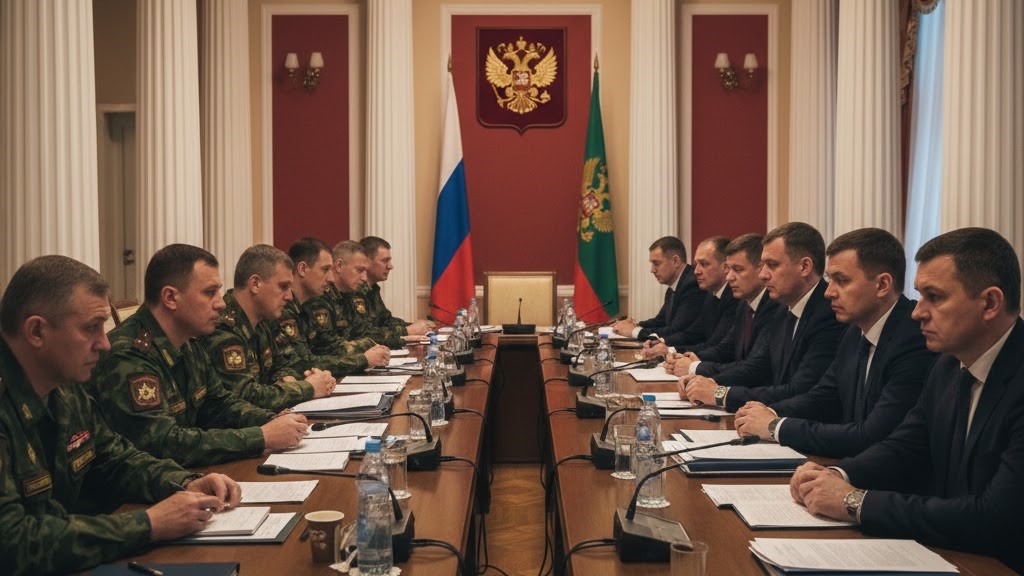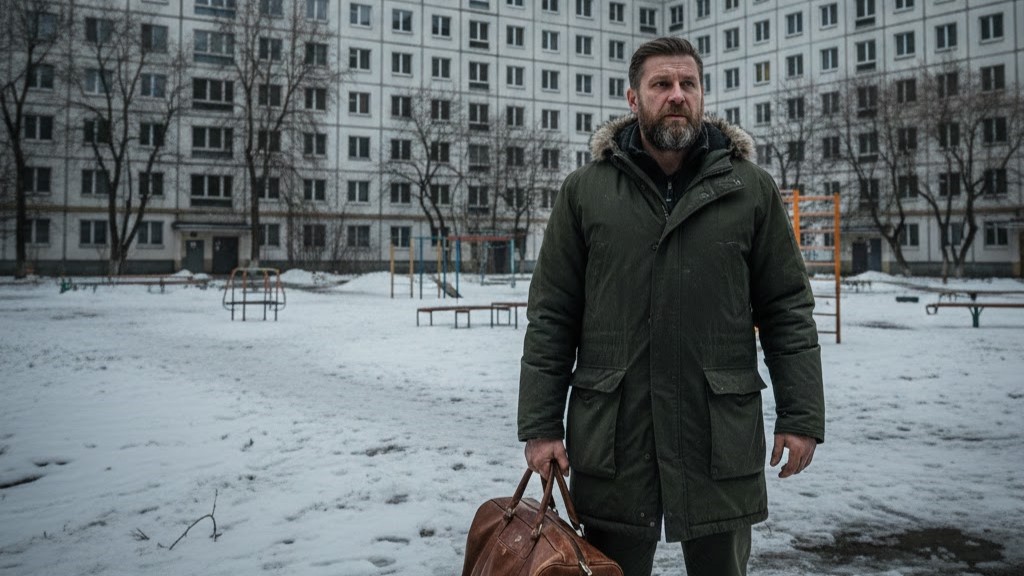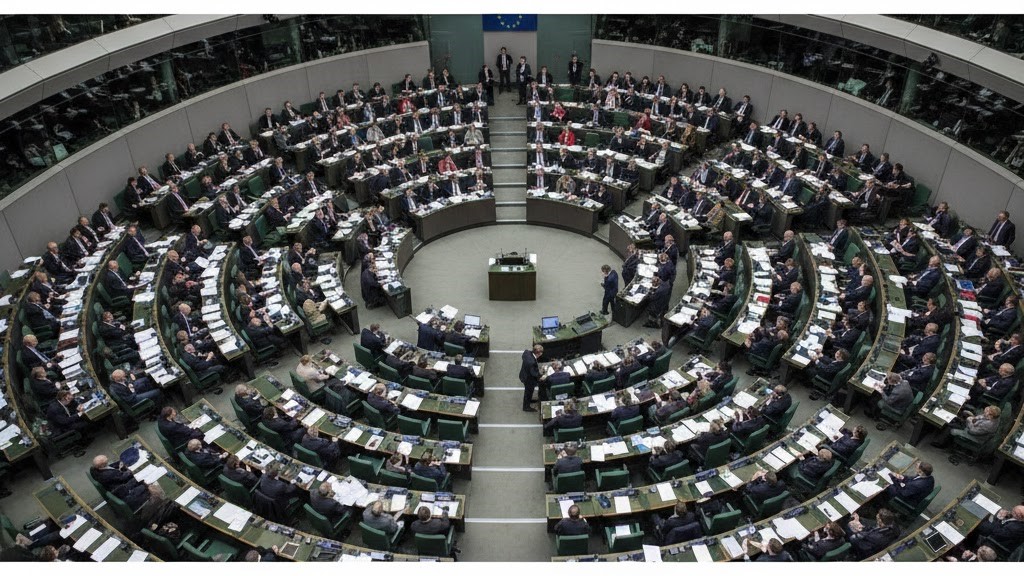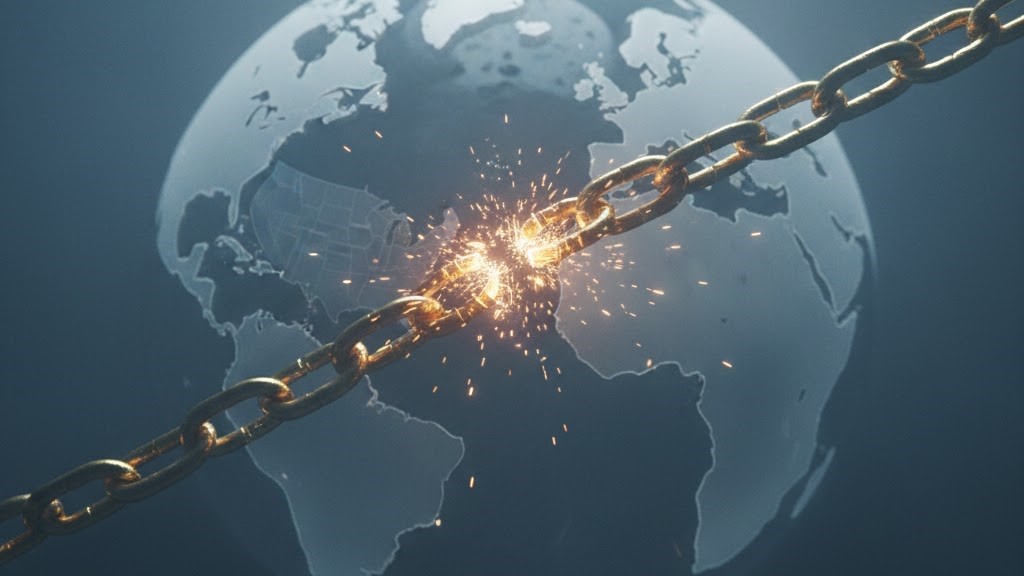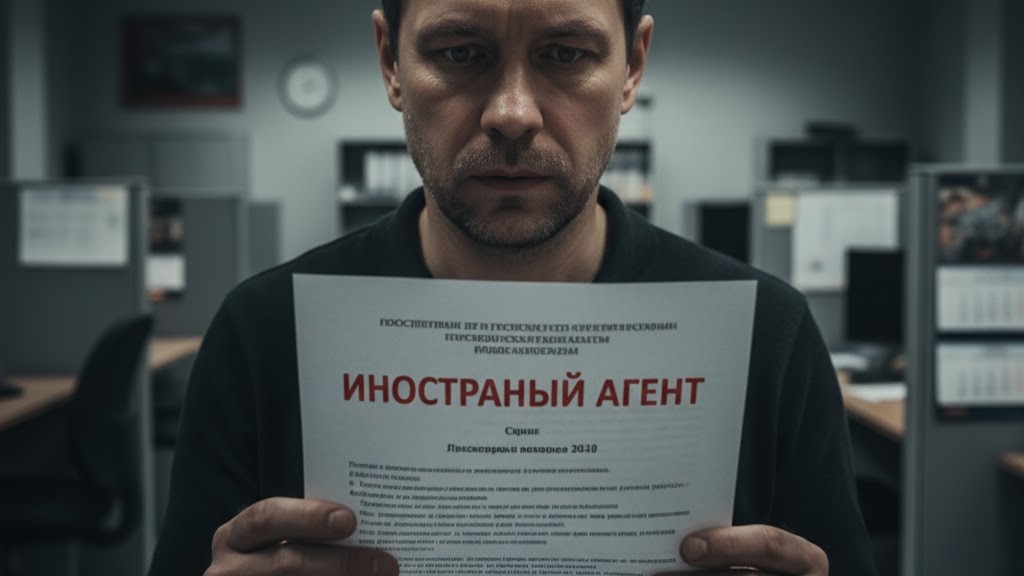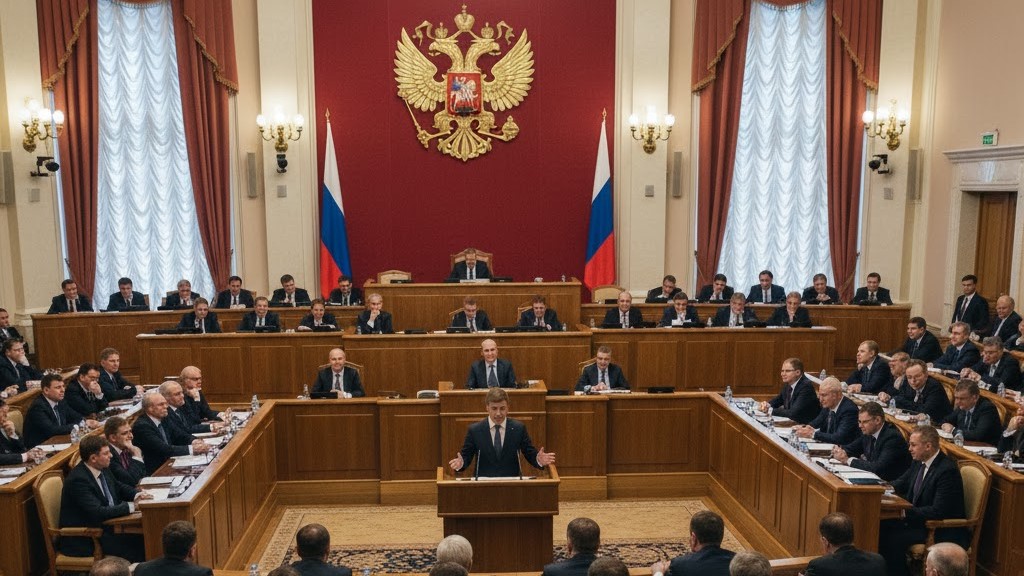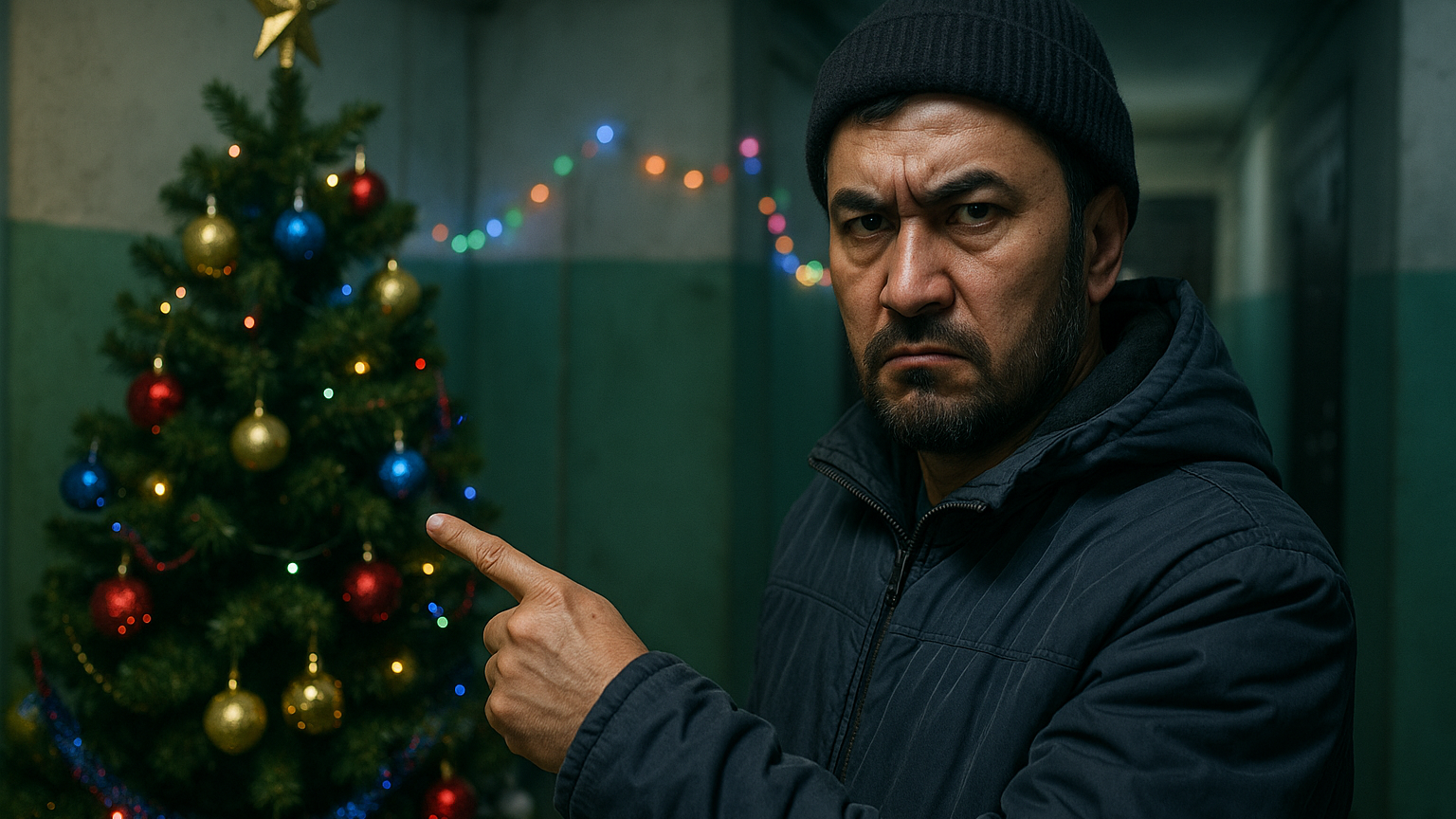Just yesterday, they were shouting "Crush Moscow!" Today, they're
signing papers on Russia's terms.
A month ago,
Europe was foaming at the mouth:
"No negotiations!"
"No ceasefire!"
"Victory only!"
Today,
they've all lined up to sign a petition — backing Trump's proposal to freeze the conflict along the current front line.
Who signed
it?
Pretty much everyone: Britain, France, Germany, Italy, Denmark, Finland,
Norway, Poland — and the EU top brass: Ursula von der Leyen and Charles Michel.
The very chorus that used to sing "March to Moscow!" now hums a different tune:
"Let's talk peace."
So… what
happened?
Why did they suddenly abandon Kyiv? Because Trump ran out of ammo — and
so did they.
Two months
ago, that same Europe was urging Washington to crank up the pressure on Russia.
"More weapons! More sanctions!" they cried.
Trump tried.
In classic Trump fashion — loud, reckless, with threats of Tomahawk
diplomacy and economic blackmail against Russia's allies like Cuba
and Venezuela.
But China
and India?
They politely declined the invitation to escalate.
Putin? He calmly ratified strategic defense pacts with both Cuba and Venezuela…
and dropped a line about a unique new weapon
soon joining Russia's arsenal.
That's when
it clicked: Trump was bluffing. And Putin called it.
Trump hit reverse. Europe followed. Now they're all peace doves — but
it's Moscow that holds the pen.
With the
pressure backfiring, Trump made a sudden pivot: he offered the Kremlin a return
to peace talks.
Putin — calmly and firmly — agreed.
Now, Europe
jumps on board, issuing a joint petition for a ceasefire and frozen conflict.
The key phrase?
"The current line of contact will serve as a
starting point for future peace negotiations."
Translation:
"We failed to push the line — now we'll try to
freeze it where Russia likes it."
And their last move? Seizing frozen Russian assets. But even that sounds
desperate.
The same day
the petition was signed, the EU announced it's ready to confiscate all frozen
Russian assets in Europe to support Ukraine.
Tough talk —
but thin ice.
That money might fund the war… for a year.
Maybe.
And only if there's even any weapons left to
buy.
Spoiler:
there aren't.
Pentagon
stockpiles are down to the dregs.
Sending more missiles? That risks a mirrored response from Cuba.
Patriot systems? Already proven ineffective.
NATO has run out of solutions. And out of time.
The West is out of breath. Russia is holding aces. And Trump? Just wants
an off-ramp.
Make no
mistake: this petition wasn't a show of unity.
It was a quiet surrender — dressed up as
diplomacy.
The fantasy
of "winning on the battlefield" has faded.
What remains is the hope that Moscow will agree to "pause the game."
But the
Kremlin isn't rushing.
No favors. No gifts.
Just calm observation — while the West begs for timeout.
Conclusion: The West tried to break Russia. In the end, it broke its own
will.
So now we're
left with a single question:
👉 Will Moscow agree to freeze the conflict
— or let this game play out to its final move?

